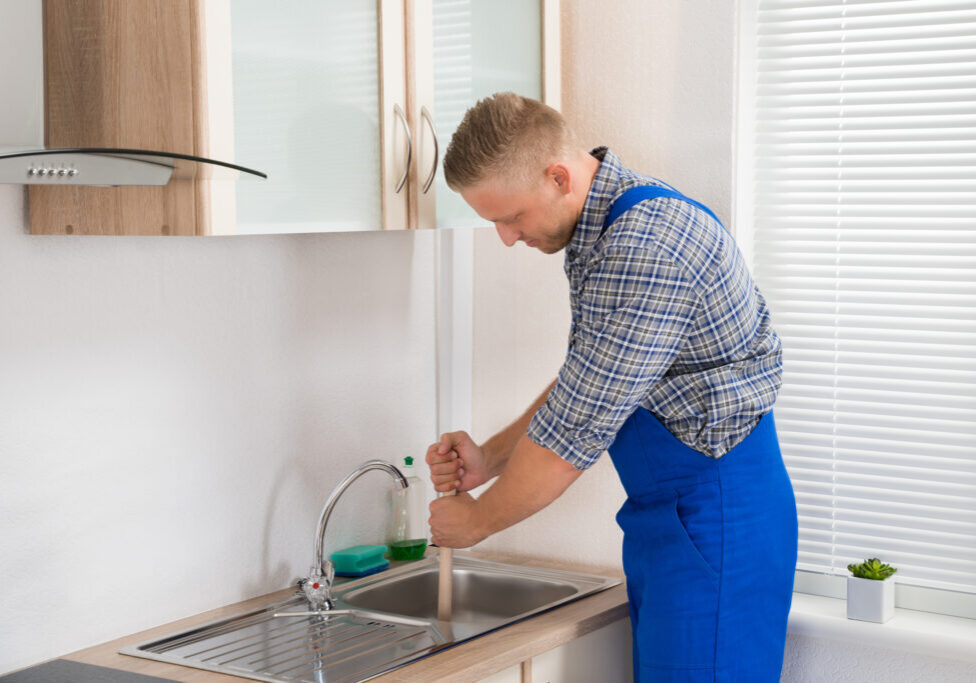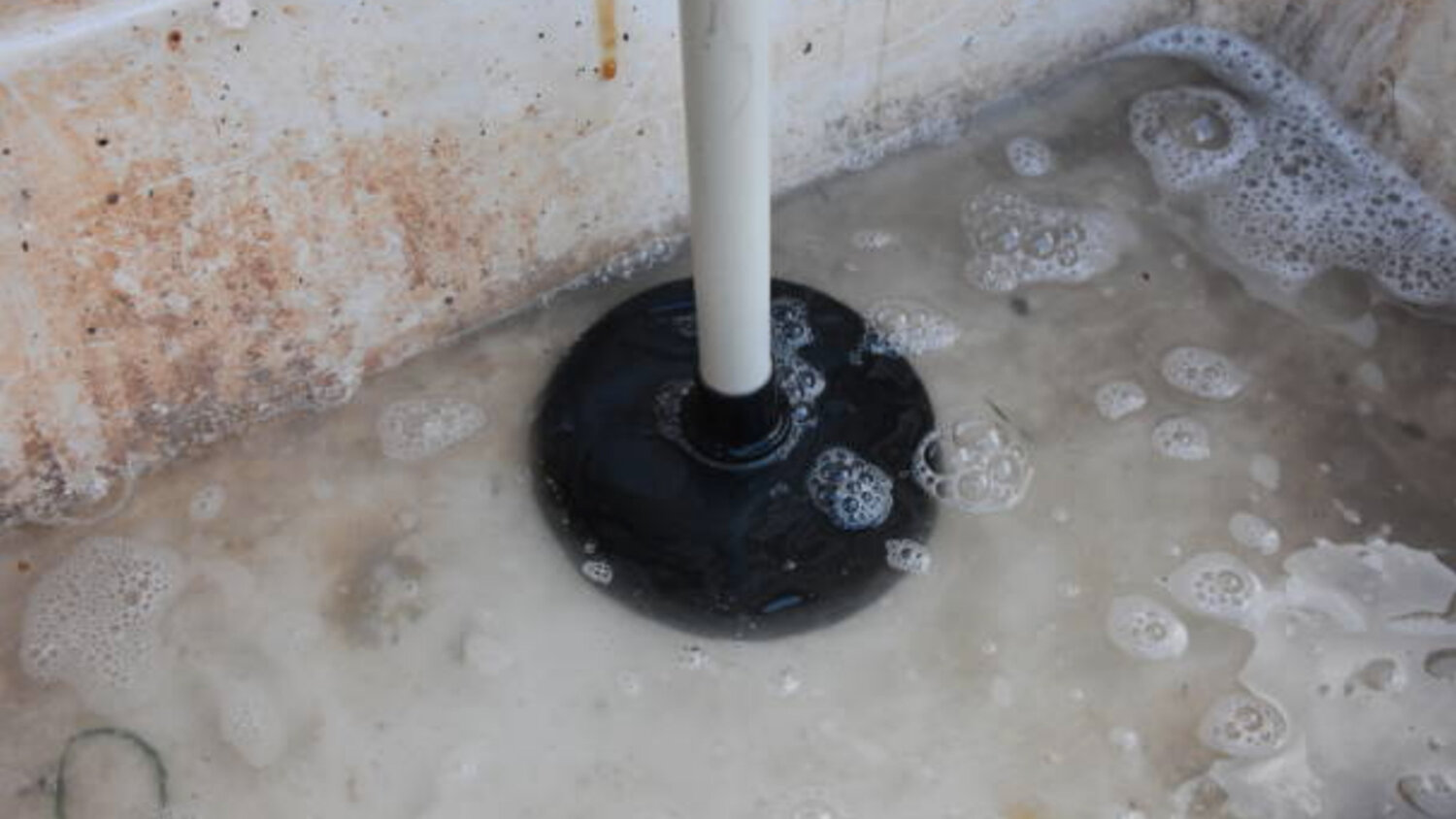Using Plunger and Drain Cleaner: Successful Approaches
Using Plunger and Drain Cleaner: Successful Approaches
Blog Article
They are making a few good points regarding A Guide to Plungers (and How to Use Them) as a whole in this post down below.

Introduction
Proper upkeep of house drains pipes is vital for avoiding clogs and making certain smooth water circulation. One of the trick devices in every property owner's toolkit is the bettor, together with various drainpipe cleaners made to deal with stubborn blockages effectively. This write-up checks out just how to utilize bettors and drain cleansers effectively to keep your drains pipes flowing easily.
Area 1: Comprehending Bettors
Types of Plungers
There are a number of sorts of plungers offered, each developed for different sorts of drains pipes and obstructs. One of the most usual kinds include mug plungers, flange plungers, and accordion bettors.
Just How Plungers Job
Plungers work with the concept of creating stress and suction to dislodge obstructions. When appropriately applied over a drainpipe, they create a vacuum cleaner that can pull out debris or separate blockages.
Selecting the Right Bettor
Choosing the appropriate plunger depends upon the sort of drain and the nature of the blockage. Mug bettors are perfect for sinks and bathtubs, while flange bettors are much better suited for bathrooms because of their layout.
Usual Mistakes with Plungers
Preventing these mistakes guarantees reliable plunging: improper seal around the drainpipe, not enough force, and not clearing bordering debris.
Area 2: Using Plungers Properly
Preparation
Prior to plunging, make certain the plunger covers the drainpipe completely and creates a tight seal. Clear any type of visible debris around the drainpipe opening.
Technique
Begin with mild plunging movements to construct suction. Increase stress gradually, making use of a steady rhythm. Repeat as needed until the drain clears.
Troubleshooting Tips
If diving does not function, try adjusting the seal, applying oil jelly for a much better seal, or using a different sort of bettor.
Area 3: Comprehending Drain Cleansers
Sorts Of Drain Cleansers
Drain pipes cleaners can be chemical or enzymatic. Chemical cleansers make use of strong chemicals to dissolve blockages, while chemical cleansers make use of natural enzymes to break down organic matter.
Exactly How Drain Cleansers Job
Chemical cleansers respond with obstructions to liquify them, while chemical cleansers break down organic materials like hair and oil without hurting pipes.
Safety and security Factors to consider
Always put on handwear covers and eye security when using chemical drainpipe cleaners. Ensure ample ventilation and adhere to supplier directions thoroughly.
Eco-Friendly Alternatives
Consider utilizing vinegar and cooking soda or enzyme-based cleansers for environment-friendly options that are much safer for pipelines and the environment.
Area 4: Using Drain Cleansers Effectively
Application Methods
Put chemical cleansers directly into the drainpipe opening. Permit them to work for the recommended time before flushing with warm water. Chemical cleansers ought to rest over night.
Precautions
Avoid blending various types of cleaners, as this can generate toxic fumes. Never utilize chemical cleansers in conjunction with a plunger, as splashing can occur.
Dealing With Stubborn Clogs
For consistent blockages, take into consideration utilizing a pipes snake or calling a specialist plumbing to avoid damages to pipes.
Final thought
Finally, understanding exactly how to make use of bettors and drain cleaners successfully is essential for maintaining healthy pipes systems. By selecting the right devices and strategies, home owners can tackle minor clogs and prevent major plumbing issues down the line.
How To Properly Use A Plumbing Snake To Clear Drains
When any drain clogs in our home arise, we tend to gravitate toward the plunger and little else. In cases where the plunger and its vacuum-created pressure are not able to clear clogs, many immediately move to harmful chemicals or simply call their plumber to fix the issue.
we’re happy to help with all drain cleaning needs and concerns. This includes informing you on a few other home remedies you may have at your disposal for minor to moderate clogs, one of which is the use of a plumbing snake. Many people have never used one of these before – let’s go over the steps to take when your drain clogs and you have a plumbing snake available.
Attempt Plunger Use
The first step here, as we noted above, should indeed be to grab your plunger when you notice a drain clog and attempt to resolve it this way. If you’re unsure how to use a particular type of plunger, our plumbers can answer any questions you have. If this doesn’t do the trick, however, you move on to the snake.
Locate And Prepare Snake
A plumbing snake is a metal or plastic device that’s generally about a quarter of an inch thick. It’s design with significant extensions, meant to reach down into your clogged drain and push the clog out. Snakes also contain drain augers that will latch onto and push stubborn blockages.
If your plunger doesn’t clear a clog, locate your snake and bring it to the drain in question. We also recommend keeping a bucket nearby to collect the clog once you pull it out, plus we’d advise wearing goggles and possibly protective gloves.
Feed Snake
Once you’re ready to go, feed the snake slowly down the drain, using the crank device it comes with to keep it moving until it finds the clog. Once this happens, much of the clog will be latched onto the coil so you can pull it out, while the rest will simply break up and flow downward.
Detach Debris
Remove the snake slowly from the drain, and once you’ve done so, pick off any debris that’s stuck to the coil. This is another area where wearing gloves is a must.
Flush Drain
Finally, take a few minutes to ensure the snake has done its job correctly. If you’ve been using it on a toilet, flush the toilet a couple times and make sure everything flows well. If you’ve used it on a different drain, flush it with some room temperature water.
https://www.mybuddytheplumber.com/blog/how-to-properly-use-a-plumbing-snake-to-clear-drains/

Application Methods
Put chemical cleansers directly into the drainpipe opening. Permit them to work for the recommended time before flushing with warm water. Chemical cleansers ought to rest over night.
Precautions
Avoid blending various types of cleaners, as this can generate toxic fumes. Never utilize chemical cleansers in conjunction with a plunger, as splashing can occur.
Dealing With Stubborn Clogs
For consistent blockages, take into consideration utilizing a pipes snake or calling a specialist plumbing to avoid damages to pipes.
Final thought
Finally, understanding exactly how to make use of bettors and drain cleaners successfully is essential for maintaining healthy pipes systems. By selecting the right devices and strategies, home owners can tackle minor clogs and prevent major plumbing issues down the line.
How To Properly Use A Plumbing Snake To Clear Drains
When any drain clogs in our home arise, we tend to gravitate toward the plunger and little else. In cases where the plunger and its vacuum-created pressure are not able to clear clogs, many immediately move to harmful chemicals or simply call their plumber to fix the issue.
we’re happy to help with all drain cleaning needs and concerns. This includes informing you on a few other home remedies you may have at your disposal for minor to moderate clogs, one of which is the use of a plumbing snake. Many people have never used one of these before – let’s go over the steps to take when your drain clogs and you have a plumbing snake available.
Attempt Plunger Use
The first step here, as we noted above, should indeed be to grab your plunger when you notice a drain clog and attempt to resolve it this way. If you’re unsure how to use a particular type of plunger, our plumbers can answer any questions you have. If this doesn’t do the trick, however, you move on to the snake.
Locate And Prepare Snake
A plumbing snake is a metal or plastic device that’s generally about a quarter of an inch thick. It’s design with significant extensions, meant to reach down into your clogged drain and push the clog out. Snakes also contain drain augers that will latch onto and push stubborn blockages.
If your plunger doesn’t clear a clog, locate your snake and bring it to the drain in question. We also recommend keeping a bucket nearby to collect the clog once you pull it out, plus we’d advise wearing goggles and possibly protective gloves.
Feed Snake
Once you’re ready to go, feed the snake slowly down the drain, using the crank device it comes with to keep it moving until it finds the clog. Once this happens, much of the clog will be latched onto the coil so you can pull it out, while the rest will simply break up and flow downward.
Detach Debris
Remove the snake slowly from the drain, and once you’ve done so, pick off any debris that’s stuck to the coil. This is another area where wearing gloves is a must.
Flush Drain
Finally, take a few minutes to ensure the snake has done its job correctly. If you’ve been using it on a toilet, flush the toilet a couple times and make sure everything flows well. If you’ve used it on a different drain, flush it with some room temperature water.
https://www.mybuddytheplumber.com/blog/how-to-properly-use-a-plumbing-snake-to-clear-drains/

We hope you liked our piece about . Thank you for taking a few minutes to read our short article. Do you know about somebody who is intrigued by the topic? Be sure share it. Thanks a lot for being here. Come back soon.
Check This Out Report this page